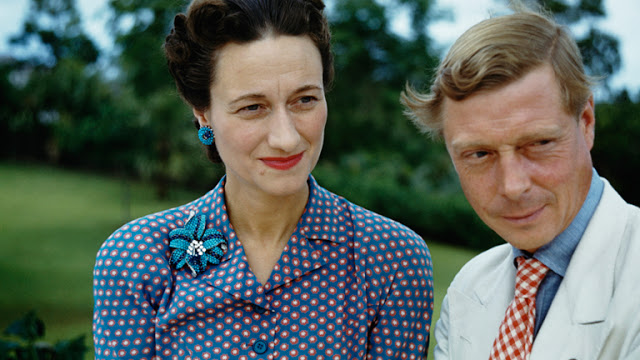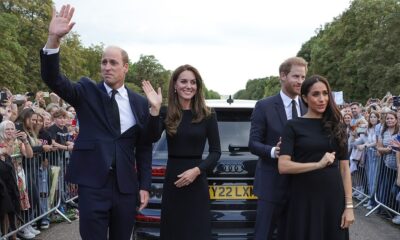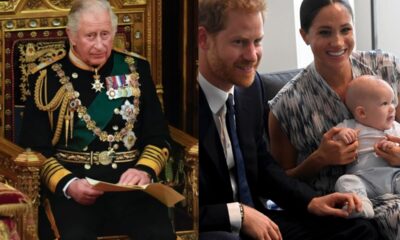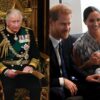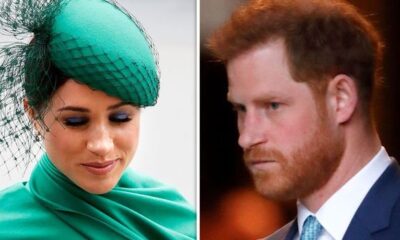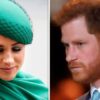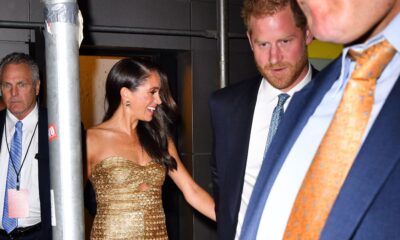Royal Family News
How Much Money Did King Edward VIII Get After His Abdication?
When King Edward VIII signed the Instrument of Abdication on December 10, 1936, he fell into financial turmoil. On the same day, Edward, now Duke of Windsor, signed a deal with his younger brother and heir, King George VI, promising him £25,000 per year for the remainder of his life. The King, however, eventually reneged on the deal and instead gave him a lesser sum that would end when the King died. Edward was never to set foot on British soil unless he is invited by the state.
And before abdicating, Edward cried poor because he never received a share of his father's £3 million fortune. However, it was revealed that he lowered his savings to £90,000 on purpose in order to get the best offer from his brother. It didn't take long for the new king to discover that the Duke had saved over £1 million from the Duchy of Cornwall's revenue, money that, according to royal biographer Sarah Bradford, should have gone straight to the royal treasury.
George VI had hoped that the ex-debts King's would be covered by the government. Stanley Baldwin and the Chancellor of the Exchequer, on the other hand, did not want to enrage the Labour Party by funding the ex-King. As a result, the whole burden of duty fell on the shoulders of the new monarch. He reluctantly agreed, despite the fact that he would still have to buy out his brother's share of the Balmoral and Sandringham lands, which were Edward's own property rather than the Sovereign's. The estate was valued at £289,853 with much deliberation. The money was put into War Bonds. The Duke earned a tax-free salary of £10,144 per year. The King added £11,000 to the sum that would stop when he died.
Trending:

by Dorothy Wilding, cream-toned bromide print, 2 June 1943
Edward married Wallis and remained in exile, mostly in Paris, after abdicating the throne. They went on a blatant journey to Germany, where they were Adolph Hitler's guests. They were sent to the Bahamas during WWII, where the Duke served as governor-general. The pair then relocated to Paris, where the French government sold them a three-story villa along the Bois de Bolougne, later known as Villa Windsor, for a pittance. The pair also bought Le Moulin de Tuileries, a weekend resort about 30 minutes outside of Paris. The Duke of Edinburgh begged her niece, Queen Elizabeth II, to continue paying the rent on his life in Balmoral and Sandringham to Wallis Simpson a few years before his death. Following the Duke's passing, the Queen agreed to grant her a £5,000 annual “voluntary pension.” In 1972, he passed away.
The Duchess was a rich lady in her own right. Her liquid assets were worth about £3 million, and she had millions more in her fabulous jewelry collection, artworks, furniture, and objects. In reality, when her jewels and Duke-owned pieces were auctioned off in 1987, Sotheby's fetched more than $50 million.
Top stories:

